
This lesson guides students through the five-paragraph essay format.
- Subject:
- English Language Arts
- Material Type:
- Lesson Plan
- Provider:
- Beacon Learning Center
- Author:
- Beacon Learning Center
- Date Added:
- 04/23/2019

This lesson guides students through the five-paragraph essay format.

This lesson guides students through the five-paragraph essay format.

In this lesson, students gain familiarity with descriptive, figurative, and vivid language by writing free verse poetry.

This resource discusses the methodology of a five-paragraph essay.

The North Carolina Museum of Natural Science created this resource as part of an online workshop series, but you are welcome to use or modify it for your classroom. It includes a video and written directions for creating nature journals and tips for incorporating them into your classroom. For information on taking any the Nature Neighborhood online workshops for CEUs or EE credit, visit: https://naturalsciences.org/learn/educators/online-workshops.
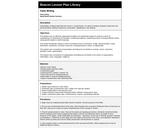
In this lesson students will use fables to determine the moral or central theme of a piece of writing. Students then create their own personal fables editing for grammar, punctuation, capitalization, and spelling.
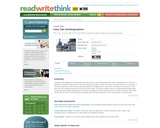
Students work together in small groups to read, discuss, and analyze fairy tales. After compiling a list of common elements, students collaborate on their own original fairy tales—based on events from their own lives or the lives of someone they know. Each student decides what kind of experience to write about, composes and revises a fairy tale, and then presents their story to the rest of the class.

In this lesson, students write a letter to an author to discuss their points of interest in a novel.

This resource contains a selection of different graphic organizers for students to use.
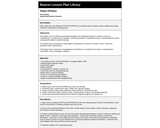
In this lesson, students use Chris Val Allsburg's "Polar Express" as a writing prompt to create a holiday story while working in cooperative learning groups.

This resources details methods for supporting students through prewriting and drafting.

This article explains how to model a range of prewriting techniques and introduces several mnemonics to help students organize their writing.
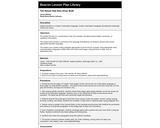
In this lesson, students write descriptive paragraphs describing the landscape around their houses.

This lesson allows students to examine the impact of point of view through analysis and creativity. This lesson was developed by NCDPI as part of the Academically and/or Intellectually Gifted Instructional Resources Project. This lesson plan has been vetted at the state level for standards alignment, AIG focus, and content accuracy.

A TED video that provides suggestions and tips for how to use language to make your fiction really come alive.
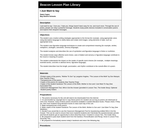
In this lesson, students study poetic devices included in conversation poems and explore their eloquent messages.

In this lesson, students apply what they learn about the persuasive techniques used to sell products to write an advertisement of their own.

In this poetry session, students learn that shapes don’t have to be silent, and poetry doesn’t have to be linear, as they write shapes in verse, and verse in shapes. This lesson bridges the gap between poetry and math!

Students will read sentences that contain misused transition words and will write better transition words to complete the sentences. This resource supports English language development for English language learners.

Students will read a passage and write adverb clauses in order to complete the passage. This resource supports English language development for English language learners.